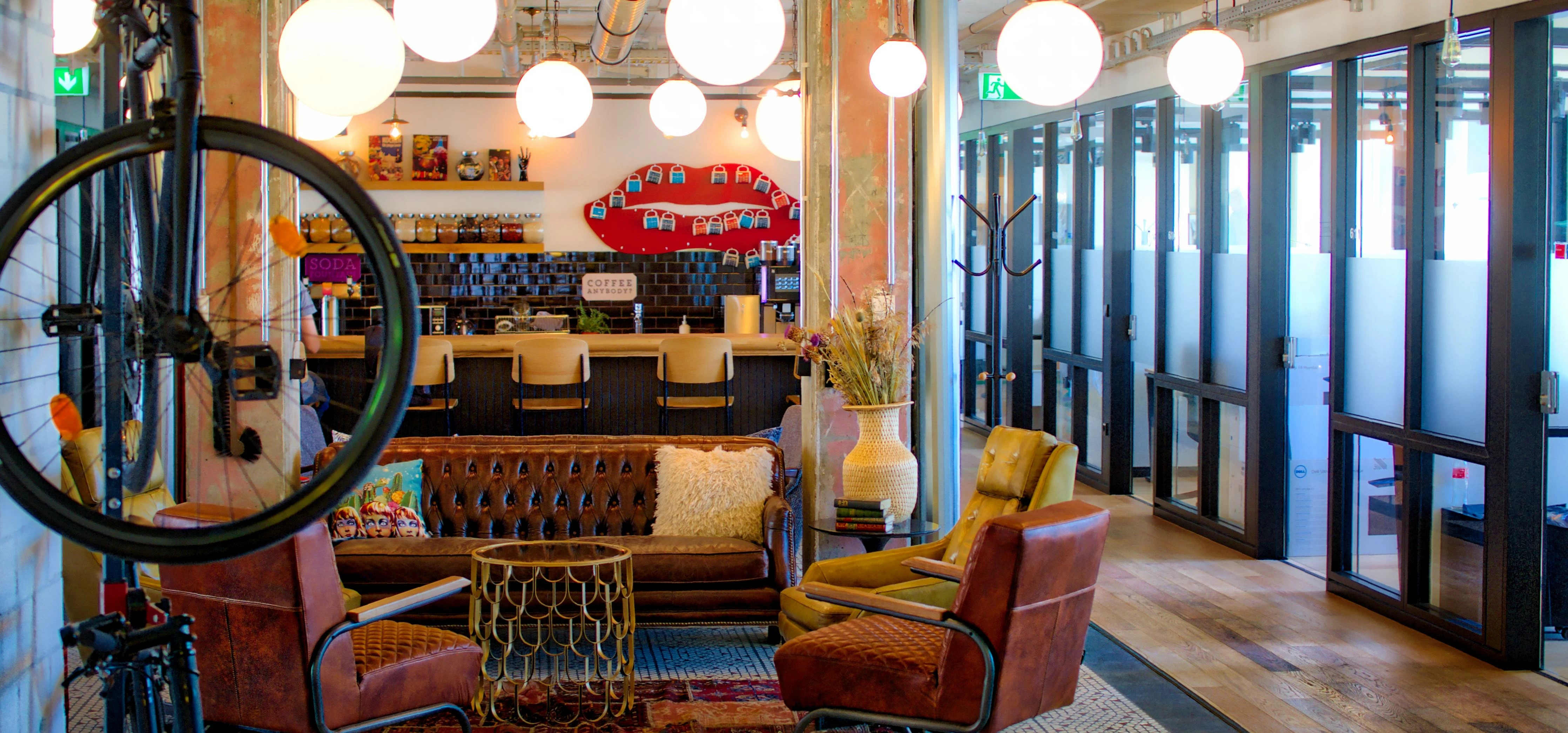
Partner Article
The top office design trends of 2018
2017 has proven to be a significant year for office design. An ever-increasing emphasis on the value of collaboration has been reflected in the continued rise of the co-working space, with traditional cubicle-dominated offices seeming more and more like a thing of the past. With employee health and wellbeing now a greater priority for businesses than ever before, architectural, furniture and design trends have become a key driver for office spaces.
Paula Marshall, head of furniture and category sales at Office Depot Europe, discusses why these influences are here to stay as well as outlining the changes set to revolutionise the way employees work in 2018.
The co-working phenomenon continues
London alone boasted over 1,000 co-working spaces at the start of 2017, with numbers continuing to climb steadily throughout the year. As well as recognising the positive impact that collaborative workspaces can have on employee interaction and creativity, employers are increasingly opting for the flexibility of shared, open office spaces in order to realise their expansion plans.
However, businesses looking to capitalise on the co-working trend in the New Year will also have to overcome the challenge of increased noise levels which often come with shared working spaces. With research suggesting the average worker can take up to 23 minutes and 15 seconds to re-focus after an interruption, it is essential that organisations complement areas for teamwork and brainstorming with a range of quiet spaces, for confidential or challenging tasks.
Developments in acoustic technology are also allowing organisations to manage noise levels without compromising on appearances. For example, as well as the recent availability of acoustic panels disguised as photography or wall art, allowing them to fit seamlessly with overall office design, temporary dividers allow businesses to adjust the working environment to an employee’s individual needs. Applying the ‘A, B, C’ of acoustic technology (absorb, block, cover), and incorporating softer materials such as carpet and fabric panels can also help to keep sound disruption to a minimum, ensuring staff remain focused and undisturbed.
The return to nature
Nature-inspired office design is set to dominate in 2018, as more and more companies seek to capitalise on the wellbeing and productivity benefits of bringing the outside world into the workplace. As well as opting for tones such as oatmeal and soft greys, choosing natural-looking materials such as stone and driftwood can help to instil the workforce with a sense of calm.
This rise in ‘biophilic’ design will also be seen in an increased adoption of living walls and other ways of incorporating plants into the office, which are not only aesthetically pleasing but also offer noise-reducing, oxygenating and wellbeing benefits. Where organisations wish to avoid taking on any additional maintenance requirements, artificial plants have the same impact on employee morale whilst only requiring an occasional dusting.
Digital developments
Over the last decade, innovations such as Wi-Fi have driven the domestication of the traditional workspace, allowing staff to work wirelessly via their tablet or laptop in any area of the office. More everyday business processes are now being digitalised than ever before, and throughout 2018 this is likely to be reflected through further adaptations in both office layout and furniture.
With practices such as flexible working making staff increasingly reliant on mobile phones and other devices in order to communicate with their colleagues, elements such as charging stations will become a more common sight around the workplace. This combined with furniture featuring in-built cable management will make it more convenient for employees to complete tasks in different areas of the office.
Whereas investment in ergonomic equipment continues to be a key consideration when it comes to safeguarding employee wellbeing, this is no longer enough. By adopting a holistic approach to boosting a workforce’s health and happiness, which incorporates effective office design, organisations can enhance employee engagement and retention levels whilst driving productivity in the New Year.
Paula Marshall is head of furniture category sales at Office Depot Europe.
This was posted in Bdaily's Members' News section by Office Depot .
Enjoy the read? Get Bdaily delivered.
Sign up to receive our popular morning National email for free.








 A year of growth, collaboration and impact
A year of growth, collaboration and impact
 2000 reasons for North East business positivity
2000 reasons for North East business positivity
 How to make your growth strategy deliver in 2026
How to make your growth strategy deliver in 2026
 Powering a new wave of regional screen indies
Powering a new wave of regional screen indies
 A new year and a new outlook for property scene
A new year and a new outlook for property scene
 Zero per cent - but maximum brand exposure
Zero per cent - but maximum brand exposure
 We don’t talk about money stress enough
We don’t talk about money stress enough
 A year of resilience, growth and collaboration
A year of resilience, growth and collaboration
 Apprenticeships: Lower standards risk safety
Apprenticeships: Lower standards risk safety
 Keeping it reel: Creating video in an authenticity era
Keeping it reel: Creating video in an authenticity era
 Budget: Creating a more vibrant market economy
Budget: Creating a more vibrant market economy
 Celebrating excellence and community support
Celebrating excellence and community support